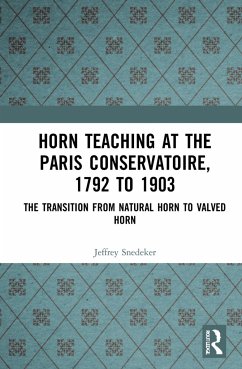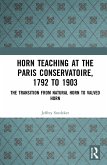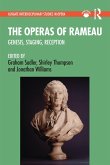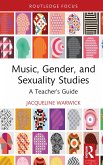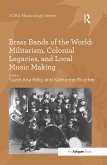The transition from the valveless natural horn to the modern valved horn in 19th-century Paris was different from similar transitions in other countries. While valve technology was received happily by players of other members of the brass family, strong support for the natural horn, with its varied color palette and virtuoso performance traditions, slowed the reception and application of the valve to the horn.
Using primary sources including Conservatoire method books, accounts of performances and technological advances, and other evidence, this book tells the story of the transition from natural horn to valved horn at the Conservatoire, from 1792 to 1903, including close examination of horn teaching before the arrival of valved brass in Paris, the initial reception and application of this technology to the horn, the persistence of the natural horn, and the progression of acceptance, use, controversies, and eventual adoption of the valved instrument in the Parisian community and at the Conservatoire.
Active scholars, performers, and students interested in the horn, 19th-century brass instruments, teaching methods associated with the Conservatoire, and the intersection of technology and performing practice will find this book useful in its details and conclusions, including ramifications on historically-informed performance today.
Using primary sources including Conservatoire method books, accounts of performances and technological advances, and other evidence, this book tells the story of the transition from natural horn to valved horn at the Conservatoire, from 1792 to 1903, including close examination of horn teaching before the arrival of valved brass in Paris, the initial reception and application of this technology to the horn, the persistence of the natural horn, and the progression of acceptance, use, controversies, and eventual adoption of the valved instrument in the Parisian community and at the Conservatoire.
Active scholars, performers, and students interested in the horn, 19th-century brass instruments, teaching methods associated with the Conservatoire, and the intersection of technology and performing practice will find this book useful in its details and conclusions, including ramifications on historically-informed performance today.
'The book is very well researched, very well written and will be a substantial contribution to the history of the horn. In structure and scope, this book goes deeper into the history of the horn in France in the nineteenth century than anything written previously. Highly recommended.'
Professor Richard Seraphinoff, IU Jacobs School of Music, USA
Professor Richard Seraphinoff, IU Jacobs School of Music, USA

